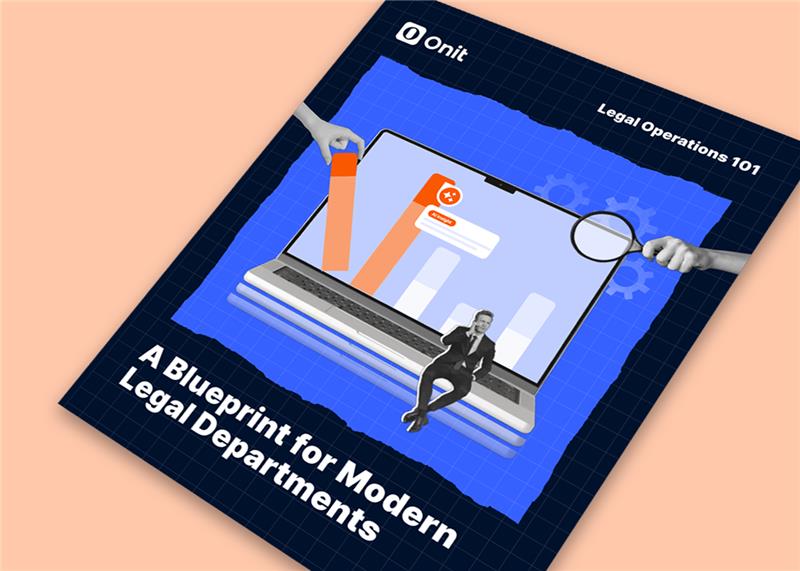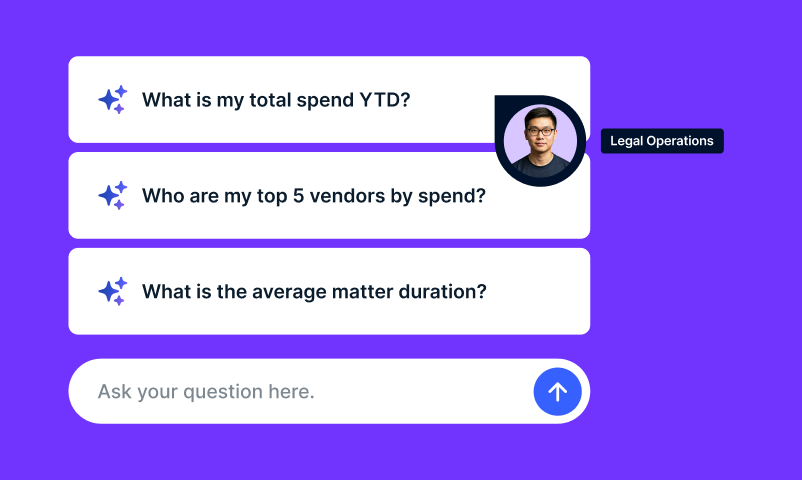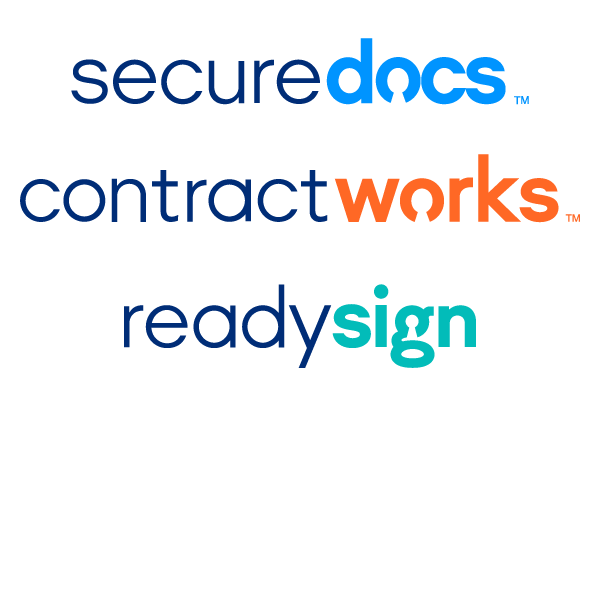
Until recently, contract management was a manual process, making it rife with inefficiencies, says Charmel Rhyne, Contract Lifecycle Management (CLM) Director for Onit. She shares how the best CLM tools incorporate configurable workflows that adapt to users’ way of working, not the other way around, and shares the seven attributes of a best-in-class CLM system, while conforming to your preferred work style.
When it comes to business, there’s a lot of talk about efficiency. The concept of efficiency, however, differs for larger corporations. When poor processes, communications and technologies prevail, the consequences are substantial. These inefficiencies hinder collaboration, visibility, compliance and, ultimately, growth.
The need for efficiency is especially prevalent in the legal industry, where the demand for contract lifecycle management (CLM) technology has skyrocketed. The global contract lifecycle management software market is projected to reach $2.9B by 2024, growing at a compound annual growth rate of around 13.5%.
The value of CLM solutions lies in their ability to make companies more efficient by capturing, automating and analyzing the entire contract lifecycle from initiation through approval, compliance and renewals. By eliminating data silos and automating workflows, CLM solutions reduce legal spend so teams can focus on higher value work.
The Pitfalls of Manual Contract Management
Traditional contract management is largely manual labor. From inception to execution and beyond, many teams find themselves cutting and pasting into templates, entering codes, writing and sending emails, searching for documents and data, and saving to multiple drives. While the work may seem mindless or harmless, the manual approach for contract management can come with significant risks, including:
- Inadequate delivery to customers. Failure to meet customer expectations is inevitable without clear and consistent protocols like establishing a project timeline, production schedule and delivery process — leading to missed revenue opportunities, lost time and inflated costs.
- Failure to enforce negotiated supplier terms. If businesses are not diligent about receiving or delivering everything agreed upon, the money gained through negotiations can be quickly lost — particularly if terms are buried in a file cabinet and easy to overlook.
- Time lost from disorganization. Looking for contracts, schedules, notes, and data drains time that could be dedicated to higher-value projects like analyzing data and seeking new contract opportunities.
- Perception as a cost center. Most enterprise employees view the legal departments as a cost center. CLM solutions empower legal departments to stop revenue leakage by proactively managing revenue-facing contractual obligations, eliminating manual processes and introducing efficiencies.
The 7 Attributes of a High-Quality Contract Lifecycle Management Solution
Don’t wait until the inefficiencies of manual contract management negatively affect company growth. The search for a new foundation must begin before the first cracks appear. However, in an industry where CLM solutions have only boomed since the Covid-19 pandemic proved remote or hybrid work possible, where does one begin? Here are the seven key features of a high-quality CLM solution:
- Collaboration – A secure collaborative capability facilitates editing and communication among various team members across departments.
- Client and partner self-service – Highly intuitive, streamlined portals give authorized individuals access to commonly used contract templates and verbiage.
- A central repository – A single source for all contracts and associated documentation means no more searching for information.
- E-sign capabilities – Timely signatures are vital to the contract process. After a contract is electronically signed, the CLM solution should automatically store the contract in the central repository with all the expected notifications and without any additional intervention.
- Routing and approval – The technology should enable the easy building of configurable workflows to route contracts for review and/or approval. Intuitive, lightweight and human-centric user interfaces should require little to no training.
- Notifications – Proactive alerts such as notifications or reminders should be sent by the technology as the contract progresses through its lifecycle.
- Enterprise contract management – The software should manage sell-side, buy-side and corporate contracts.
The Future of End-to-End CLM
The profound impact of CLM solutions is gaining visibility globally as more companies realize the extensive benefits. These cloud-based technologies reduce legal spend and provide painless integration, user-friendly interfaces, and increased workflow for organizations of all sizes and needs. They also introduce more collaborative functionality across departments and external participants. To be truly effective, CLM solutions should increase the efficiency in managing customer contracts in all stages — from review to approval to execution to renewal.
At the end of the day, high-quality CLM solutions must simplify the increasingly complicated contract process. The submission, review, approval, and management of contracts should be in one easy-to-use tool where team members never have to search their inbox or hard drive for the latest version or keep an Excel spreadsheet to manage their contracts.
Contract lifecycle management, powered by analytics and reporting engines, represent a significant opportunity to increase productivity, achieve higher compliance, compress time to revenue and improve accuracy across organizations.
Learn how Onit’s CLM solution supports every element of the contract lifecycle, from capture and creation through negotiations and approvals to execution and management.
Originally posted on Future of Sourcing











 A little over two years ago, Onit launched its contract lifecycle management (CLM) solution, helping Fortune 500 companies streamline the complex processes of buy-side, sell-side and corporate contract administration. The
A little over two years ago, Onit launched its contract lifecycle management (CLM) solution, helping Fortune 500 companies streamline the complex processes of buy-side, sell-side and corporate contract administration. The 